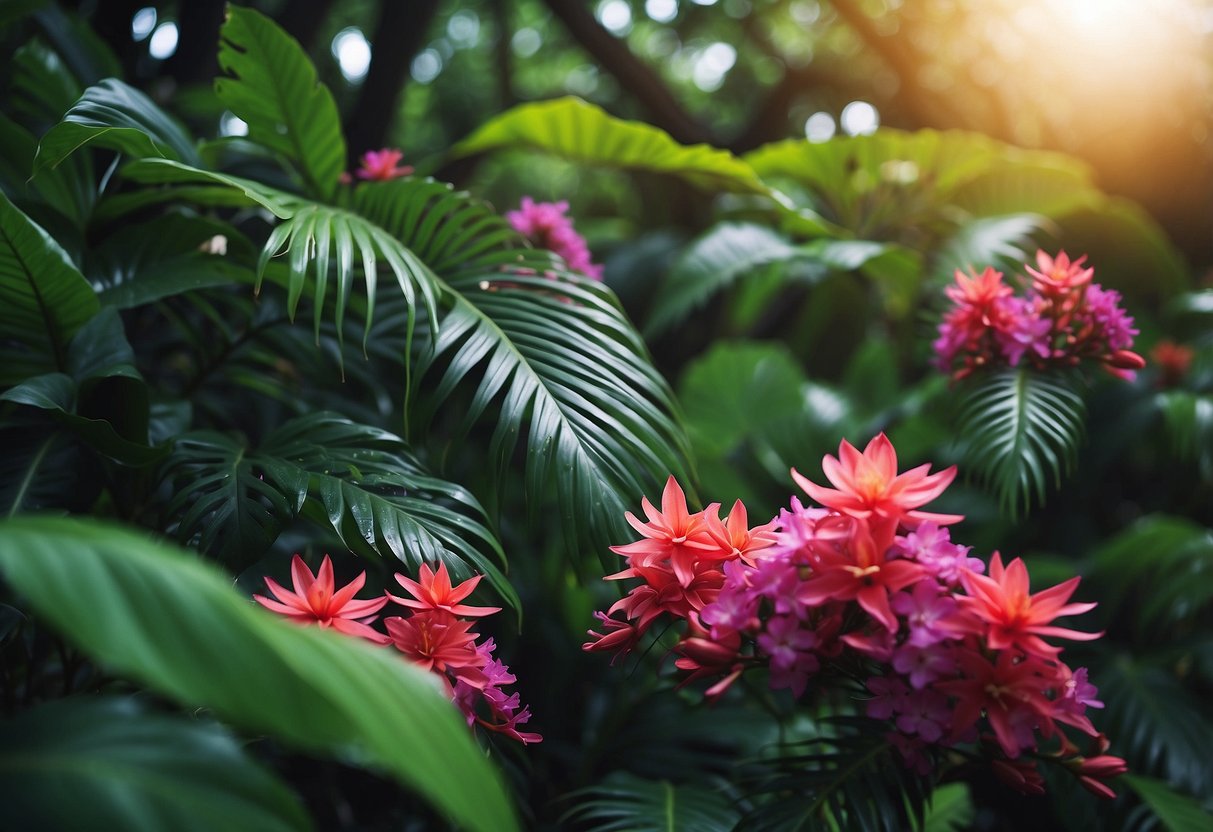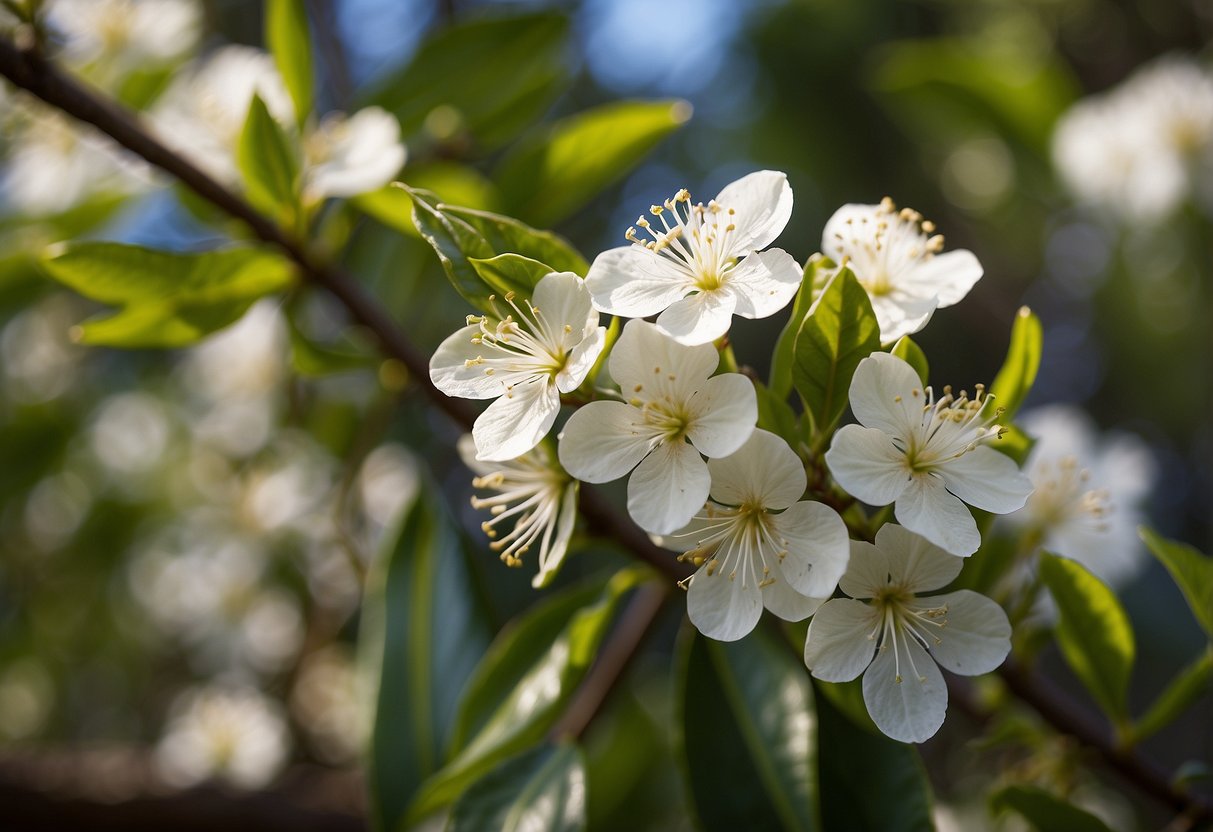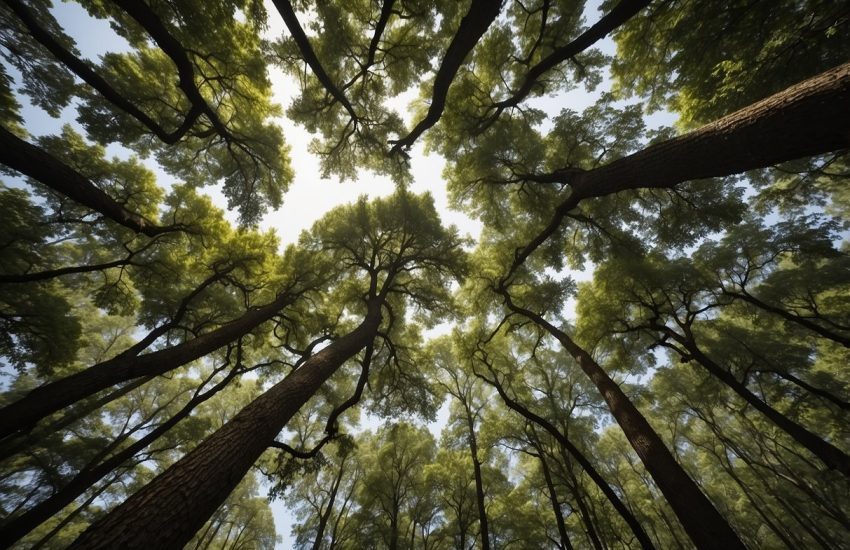Flowering Trees of Hawaii: A Guide to the Island’s Most Beautiful Blossoms
Hawaii is known for its stunning natural beauty, and one of the most captivating sights on the islands are the flowering trees. The Hawaiian Islands are home to a diverse range of flowering trees, each with their unique aesthetic appeal. From the vibrant African Tulip to the delicate Pink Shower, these trees are a feast for the eyes and a testament to the beauty of nature.

In addition to their aesthetic value, flowering trees play a vital role in the conservation of Hawaii’s environment. Many of these trees are native to the islands and are part of the unique ecosystem that makes Hawaii so special. However, several species of flowering trees in Hawaii are endangered, and conservation efforts are underway to protect these trees and their habitats. By learning more about the flowering trees of Hawaii, we can appreciate their beauty and contribute to their preservation.
Native and Endemic Flowering Trees of Hawaii
Hawaii is home to a diverse range of flowering trees, many of which are native or endemic to the islands. These trees play a crucial role in the ecosystem, providing food and habitat for various animal species. In this section, we will explore three of the most iconic native and endemic flowering trees in Hawaii.
ʻŌhiʻa Lehua and Its Ecological Significance
The ʻŌhiʻa Lehua, also known as Metrosideros polymorpha, is a flowering tree that is native to Hawaii. This tree is highly valued in Hawaiian culture and plays a vital ecological role in the islands’ ecosystems. The ʻŌhiʻa Lehua is one of the first plants to colonize new lava flows, making it a pioneer species. It also serves as an important source of nectar for the Hawaiian honeycreeper, a group of birds that is endemic to Hawaii.
Wiliwili: Hawaii’s Unique Deciduous Tree
The Wiliwili tree, also known as Erythrina sandwicensis, is a deciduous tree that is endemic to Hawaii. This tree is unique in that it sheds its leaves during the dry season, conserving water and energy until the rains return. The Wiliwili tree has a striking appearance, with its bright red flowers and gnarled trunk. It also serves as an important food source for native birds and insects.
Pua Aloalo: The Hawaiian Hibiscus Legacy
The Pua Aloalo, also known as the Hawaiian Hibiscus, is a flowering tree that is endemic to Hawaii. This tree is highly valued for its stunning flowers, which come in a range of colors, including yellow, pink, and red. The Pua Aloalo has a long history in Hawaiian culture, and its flowers are commonly used in lei making. This tree is also an important source of nectar for various bird species, including the Hawaiian honeycreeper.
In conclusion, Hawaii’s native and endemic flowering trees are not only beautiful but also play a crucial role in the islands’ ecosystems. These trees provide food and habitat for various animal species and are deeply ingrained in Hawaiian culture. The ʻŌhiʻa Lehua, Wiliwili, and Pua Aloalo are just a few examples of the many unique and fascinating flowering trees that can be found in Hawaii.
Cultivated and Invasive Species Impact

Hawaii’s flowering trees are not only a beautiful sight but also have cultural significance as they are used to make leis. However, some of these trees can have a negative impact on the environment. This section will discuss the impact of cultivated and invasive species on Hawaii’s ecosystem.
Plumeria Trees: A Fragrant Addition to Hawaiian Gardens
Plumeria trees are a popular choice for Hawaiian gardens due to their fragrant flowers and drought tolerance. However, they can also have negative impacts on the environment. Plumeria trees have shallow roots that can damage sidewalks and driveways. Additionally, they are not native to Hawaii and can compete with native plants for resources, disrupting the natural ecosystem.
Royal Poinciana and Jacaranda: Flamboyant Foreigners
Royal Poinciana and Jacaranda trees are both exotic species that are popular in Hawaiian gardens due to their showy flowers. However, they are not native to Hawaii and can have negative impacts on the environment. These trees can outcompete native plants for resources and disrupt the natural ecosystem. Furthermore, their shallow roots can damage sidewalks and driveways.
African Tulip Tree: The Beautiful Invader
The African Tulip Tree is a beautiful tree that is often used in landscaping due to its showy flowers. However, it is considered an invasive species in Hawaii as it can outcompete native plants for resources and disrupt the natural ecosystem. The African Tulip Tree can also be a fire hazard as it sheds its bark, which can accumulate and become fuel for fires.
In conclusion, while cultivated and invasive species can add beauty to Hawaiian gardens, they can also have negative impacts on the environment. It is important to be aware of the potential impacts of these trees and to choose native or non-invasive species whenever possible.


